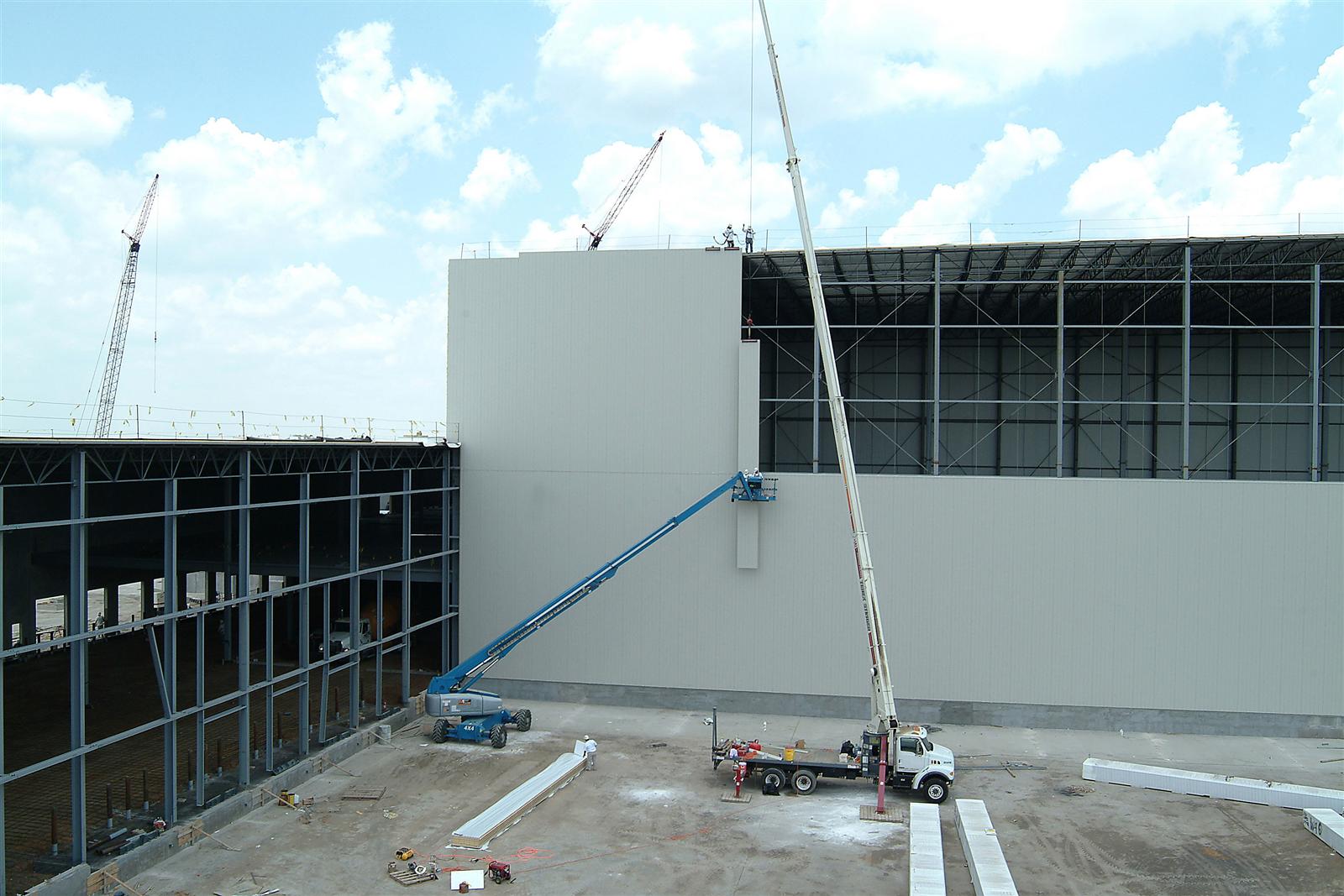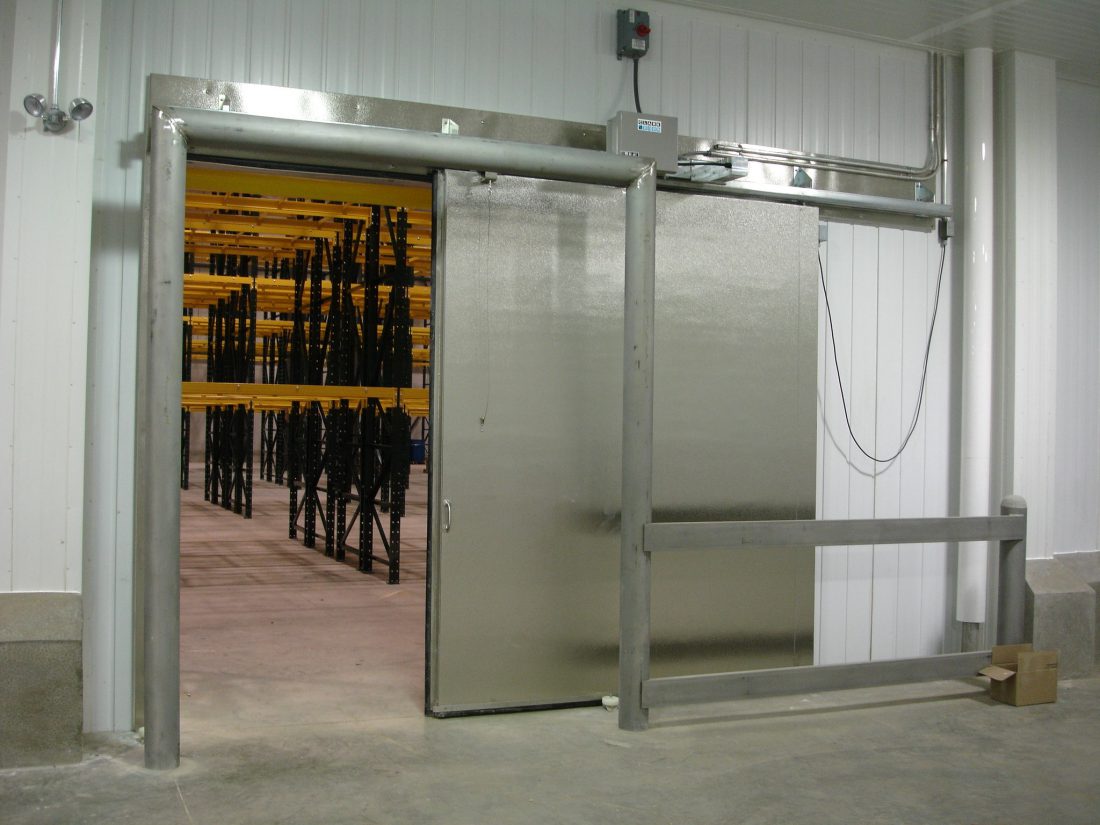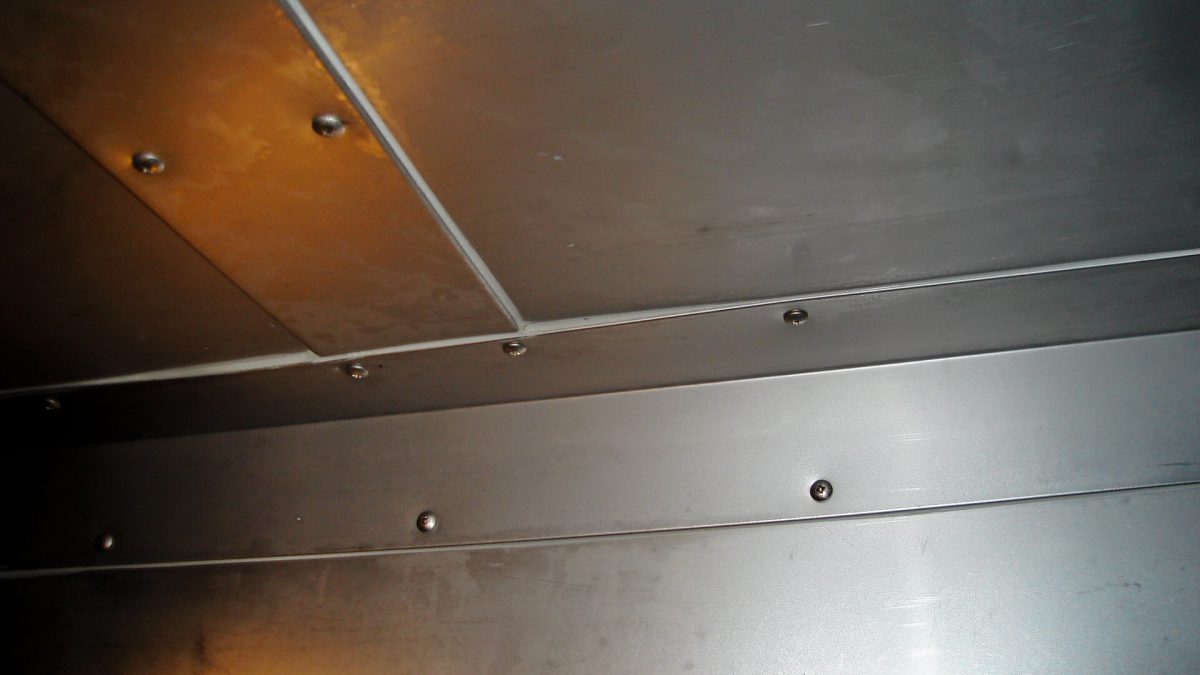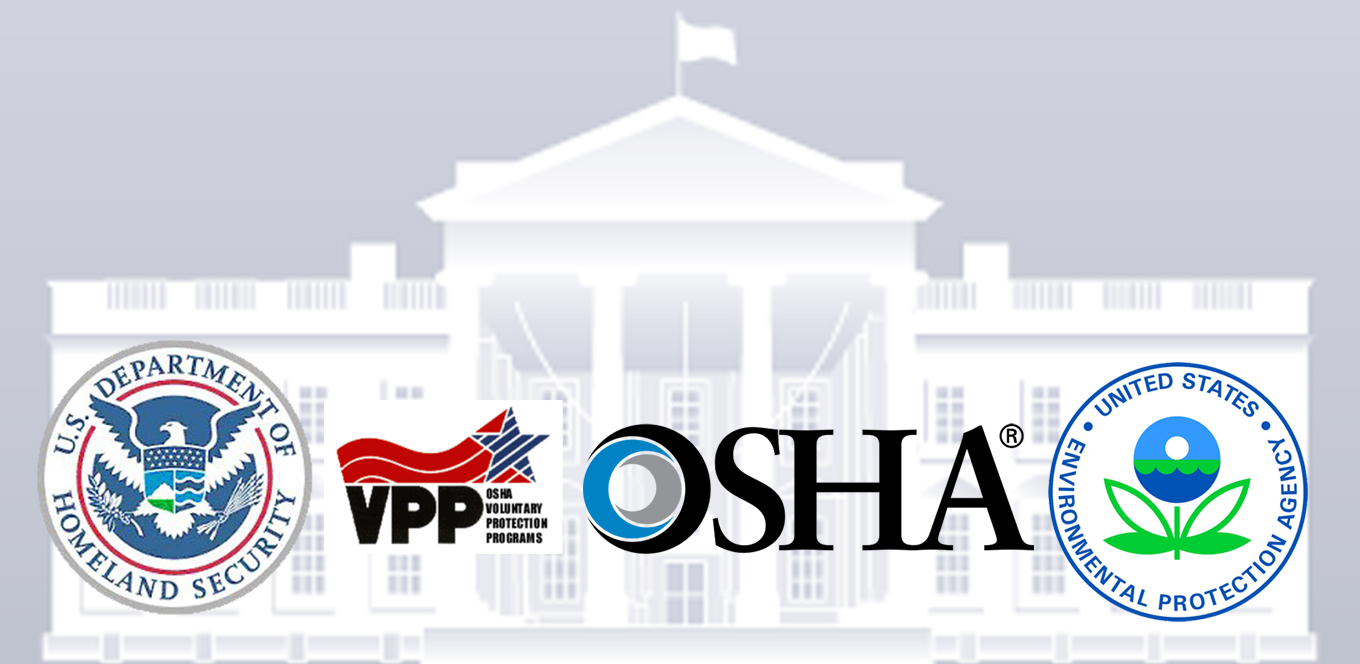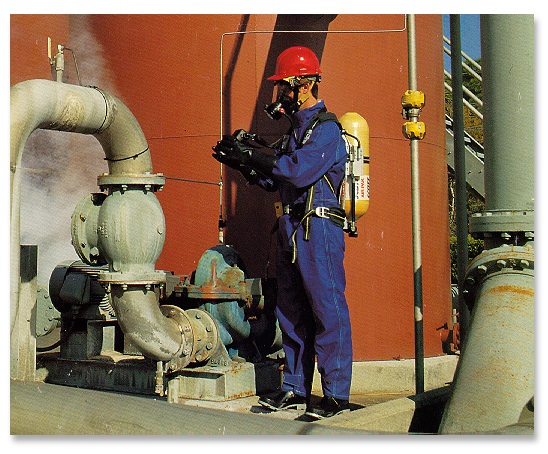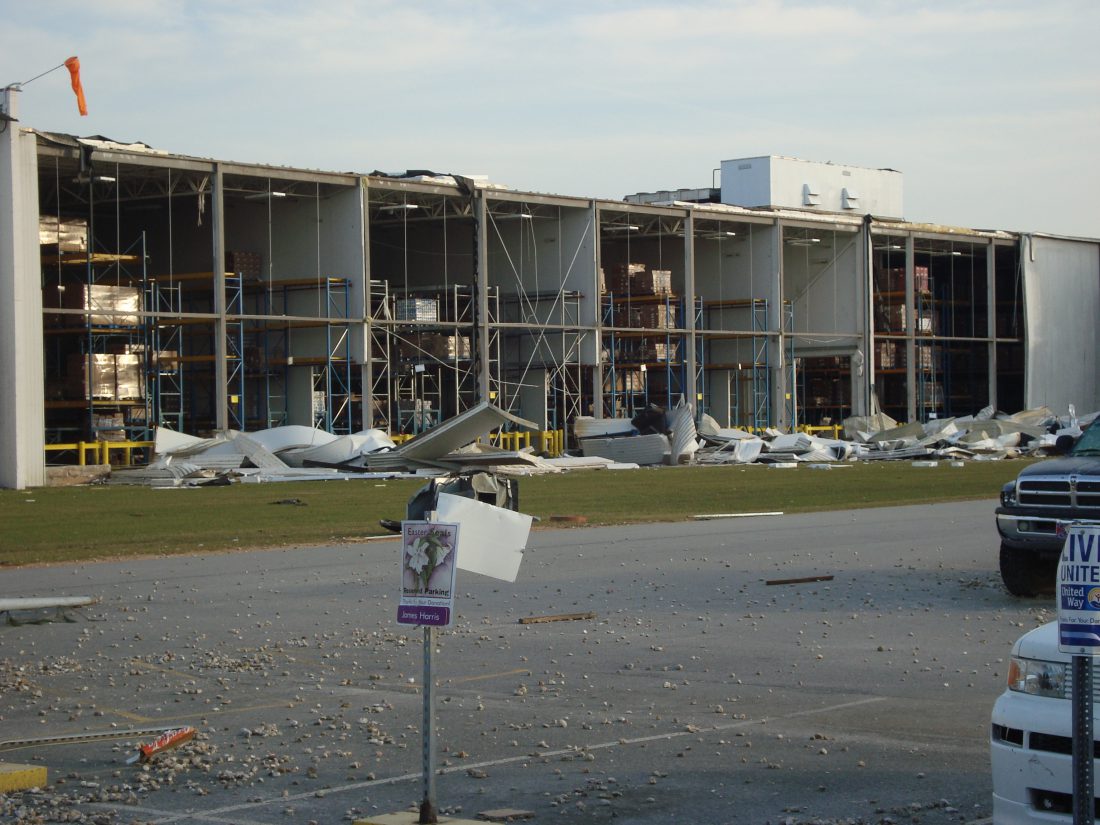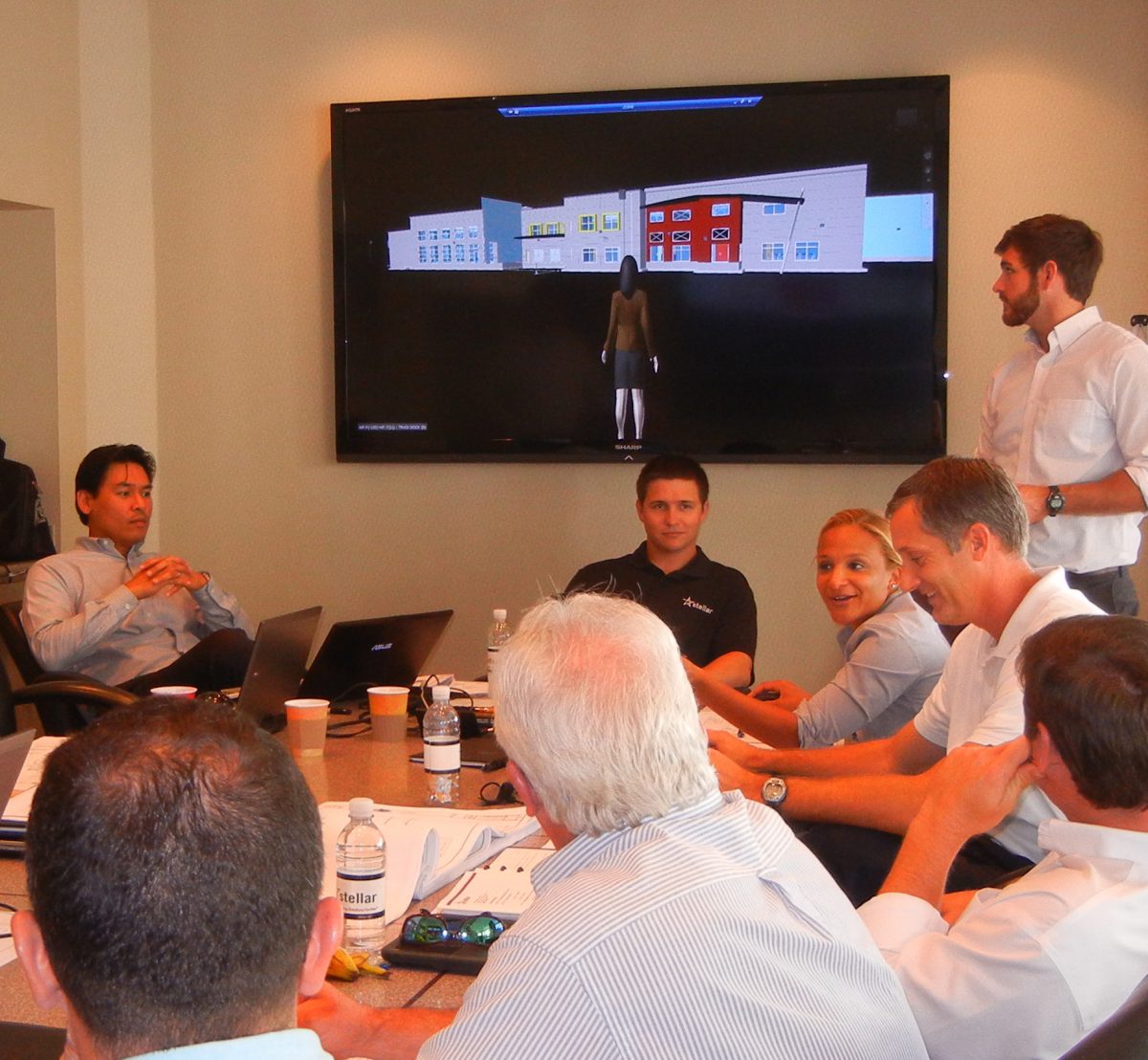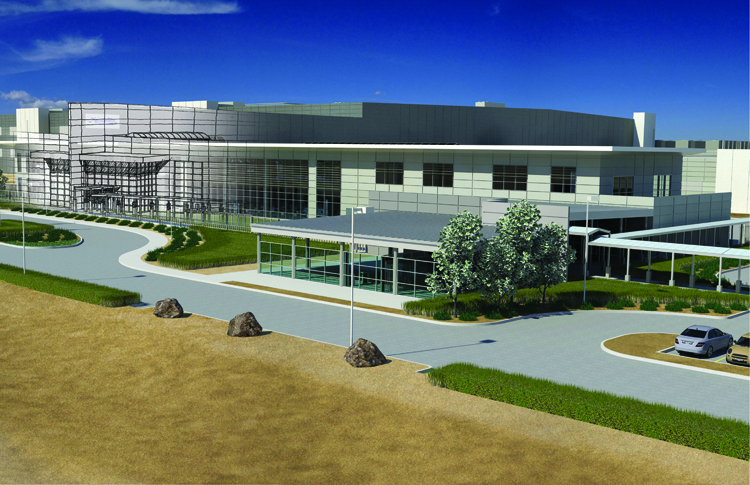Six Key Benefits of Insulated Metal Panel Walls
Insulated metal panels (IMPs) installed on a building exterior provide an excellent thermal envelope. In contrast to other envelope assemblies, IMPs more effectively reduce thermal bridging. With the industry continually striving to build more sustainable designs, IMPs are by far the best and most thermally efficient product available today.
Continue Reading “Six Key Benefits of Insulated Metal Panel Walls”



